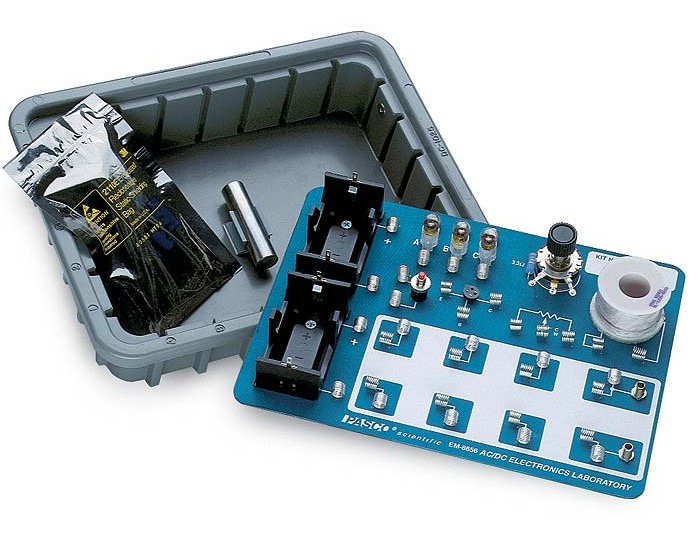

Gravitational and electrical potential energy can be modeled as energy stored in the fields created by massive objects or charged particles. When only conservative forces act on an object and when no mass is converted to energy, mechanical energy is conserved. Conceptual Understanding: Mechanical energy refers to a combination of motion (kinetic energy) and stored energy (potential energy). Determine its velocity after 2 second? (acceleration due to gravity = 9.8 m/s2, down)ĩ Standards (P96) H.P.3B. What length of runway is needed to reduce its speed to 5.0 m/s? A ball is thrown vertically up with a speed of 15 m/s. Once the jet touches down, it can decelerate at 3.2 m/s2. Determine (a) the traffic velocity and (b) the ramp length? (Such information might be useful to a traffic engineer.) A plane is landing with a speed of 69 m/s. Its initial velocity is 8.5 m/s and it accelerates at 2.2 m/s2 for 9.5 second to reach the traffic speed.

How far he ran in km? Suppose a car merges into freeway traffic along a straight ramp. Derivation activity Problem solving activityĨ Kinematics Equations 1. Interpret the meaning of the sign of displacement, velocity, and acceleration.

H.P.2A.6 Obtain information to communicate the similarities and differences between distance and displacement speed and velocity constant velocity and instantaneous velocity constant velocity and average velocity and velocity and acceleration.Ħ Kinematic Equations H.P.2A.3 Use mathematical and computational thinking to apply formulas related to an object’s displacement, constant velocity, average velocity and constant acceleration. H.P.2A.5 Construct explanations for what is meant by “constant” velocity and “constant” acceleration (including writing descriptions of the object’s motion and calculating the sign and magnitude of the slope of the line on a position-time and velocity-time graph). H.P.2A.4 Develop and use models to represent an object’s displacement, velocity, and acceleration (including vector diagrams, data tables, motion graphs, dot motion diagrams, and mathematical formulas). H.P.2A.3 Use mathematical and computational thinking to apply formulas related to an object’s displacement, constant velocity, average velocity and constant acceleration. H.P.2A.2 Construct explanations for an object’s change in motion using one-dimensional vector addition. Performance Indicators: Students who demonstrate this understanding can: H.P.2A.1 Plan and conduct controlled scientific investigations on the straight-line motion of an object to include an interpretation of the object’s displacement, time of motion, constant velocity, average velocity, and constant acceleration. Conceptual Understanding: The linear motion of an object can be described by its displacement, velocity, and acceleration. Standard H.P.2: The student will demonstrate an understanding of how the interactions among objects and their subsequent motion can be explained and predicted using the concept of forces. 2 Airlink Interface Software: PASCO Capstone & MatchGraph


 0 kommentar(er)
0 kommentar(er)
